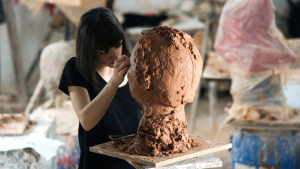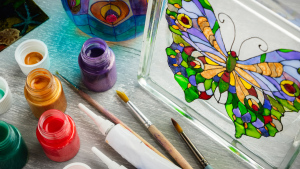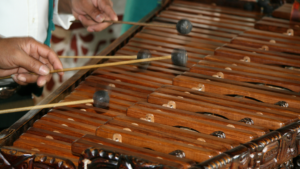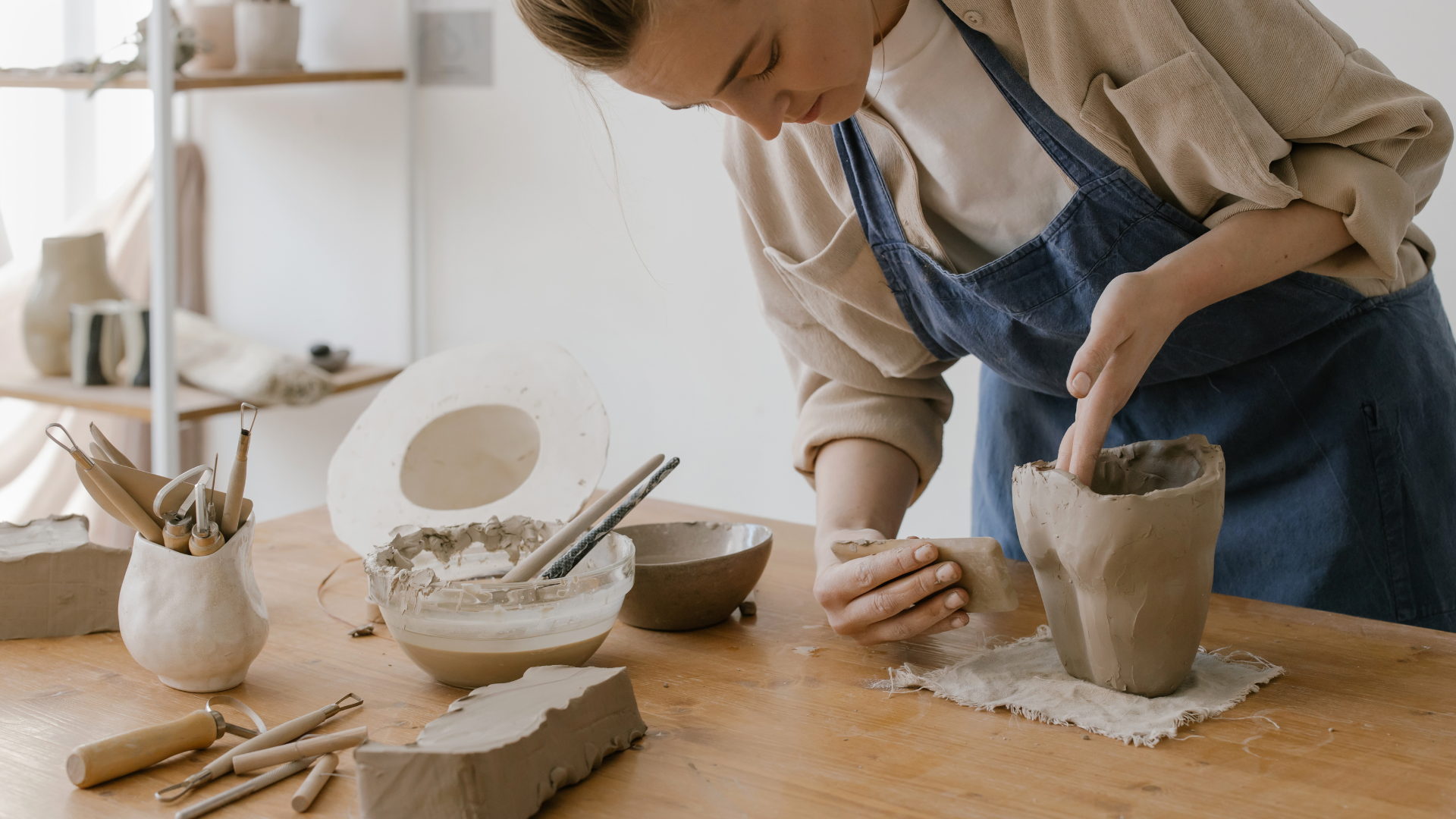
If you need to express your creativity, and you have been drawn into the world of sculpting clay, then you are probably wondering just how you can get that started so you can see where your talents take you.
It may not be the traditional way that people are creative, e.g. drawing, painting, writing, but it is an amazing art, and there are artists out there that have made truly breathtaking sculptures that have stood the test of time.
Venus of Willendorf, Bust of Nefertiti, Michelangelo, David, and so on. You may not be creating works of art, but you will be creating sculptures that you are proud of.
Whether you are interested in using air-dry clay, polymer clay, modeling clay, or water-based clay, you can create stunning visual sculptures that have their own story.
With the right clay and creative vision, you can start sculpting as soon as possible.
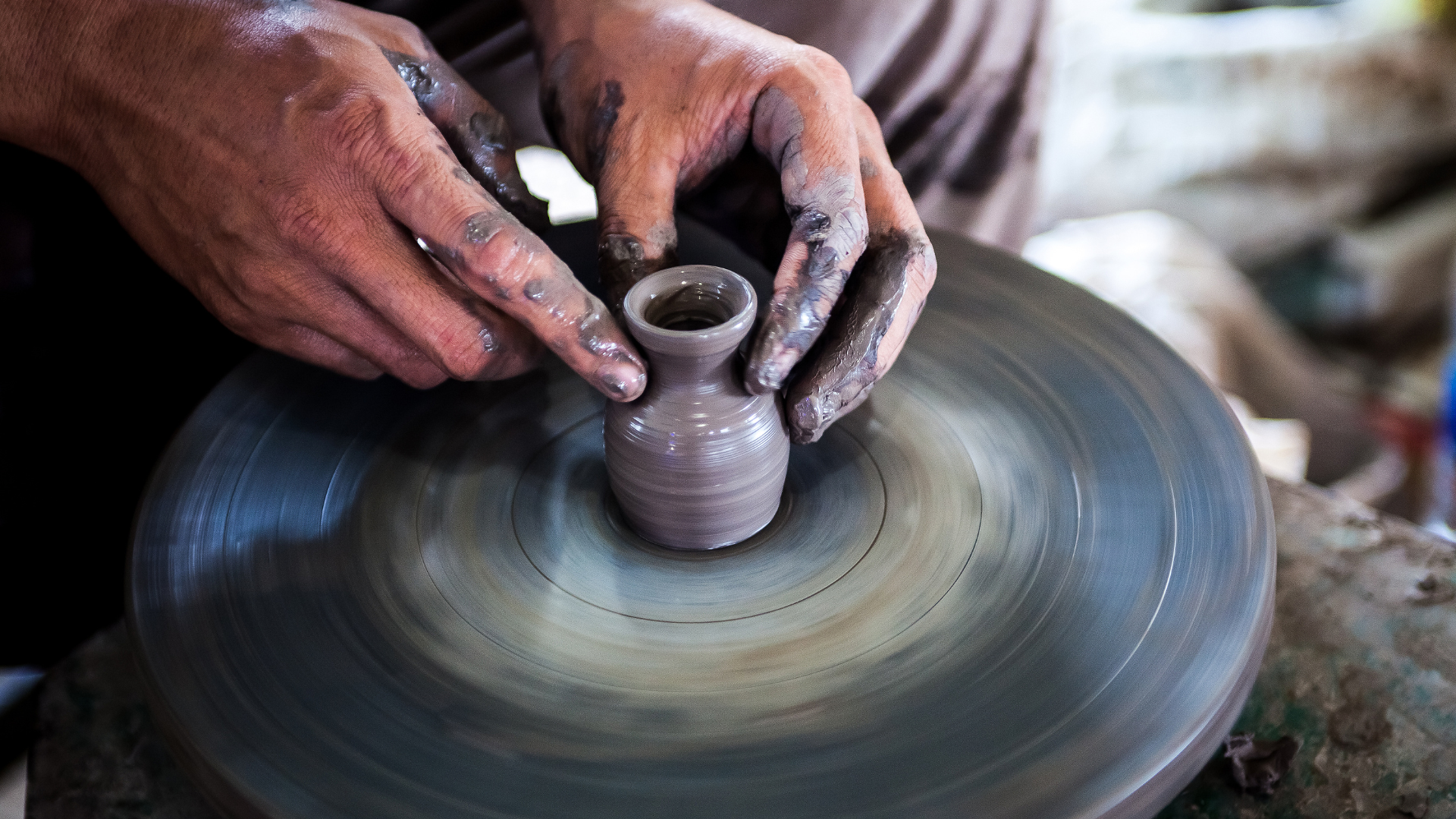
What Are The Different Types of Clay?
Before we get into how you can make a clay sculpture, you will want to know what types of clay there are and how they can be used.
Some more advanced sculptors will have a certain type that they will like to use for their clay sculpting, you don’t have to dive into what they use right away, it is important to work your way up and try some test clay sculptures to start with to see what type you can work with whether you are making clay masks or clay figures.
Oil Based Clay
Oil-based clays are made of minerals, waxes, and oils. They will not dry out like water-based clay.
This type can be quite tricky for those who are just starting out because to soften and mold, heat is needed for this to be done correctly.
Special effects artists and clay sculptors like to use this type of mold because it is a workable clay that will not harden even after long periods.
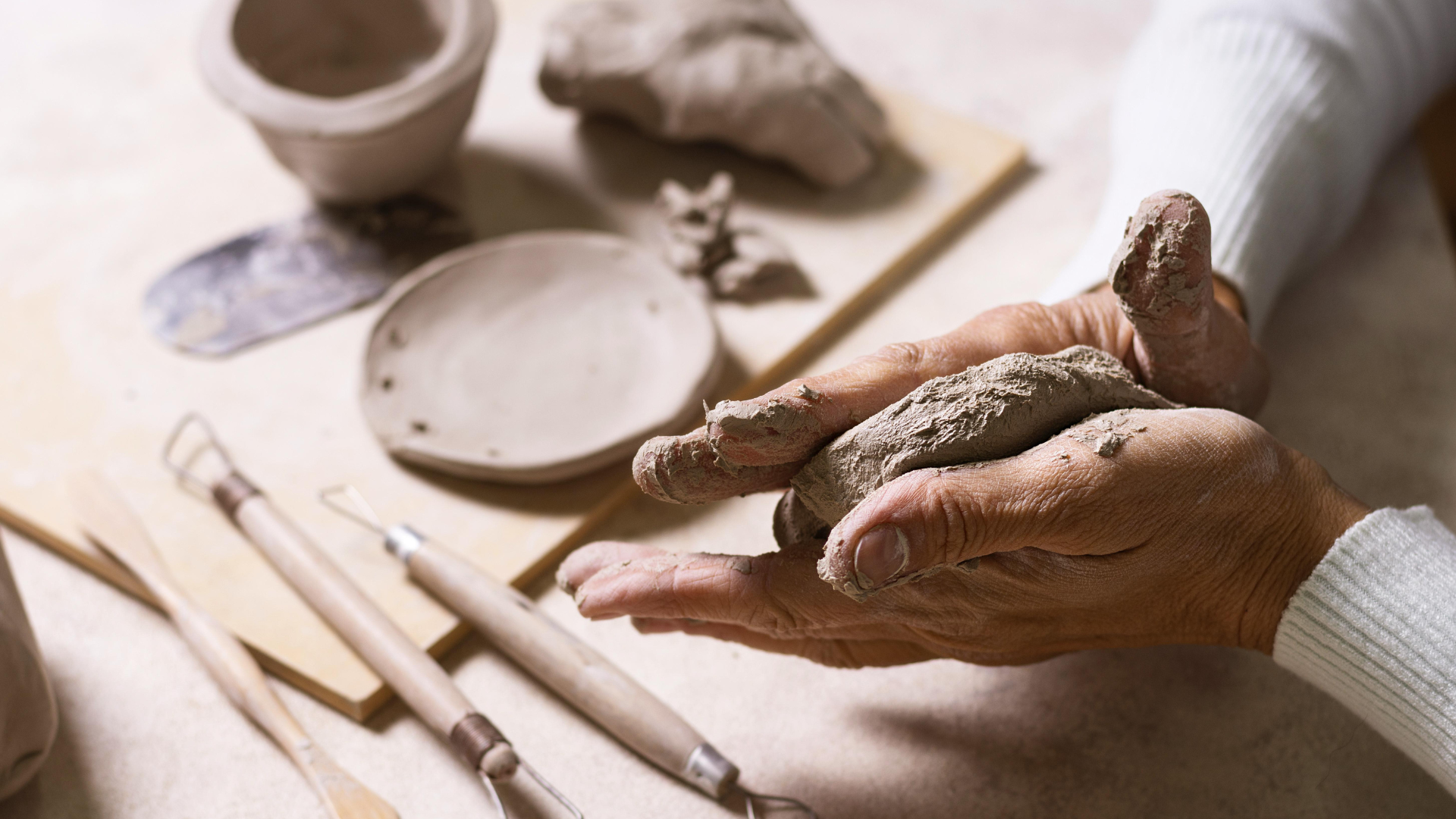
Polymer Clay
This is great for crafting projects and clay sculpting because it has a synthetic plastic polyvinyl chloride base that has a wide range of colors that are soft and pliable meaning that they will not dry out, so they can be worked with a lot.
Your clay pieces can be baked in a conventional household oven.
You can make simple contained shapes that are not too hard to create before moving on to harder types that have some fine details added in to make them more intricate.
Water-Based Clays
This includes two types of water-based clay –
- Modeling Clay
- Ceramic “Firing” Clay
Modeling Clay
It is a clay that is used by special effects professionals (Disney), for animation and masks.
It is designed for fast sculpting to make molds and it must stay moist, so you may want to add a few drops to make sure it keeps it that way.
It does not allow firing.
Ceramic “Firing” Clay
If you want to make ceramics, pottery, and earthenware, then this is the type of water-based clay that you will need.
You can use hand-building techniques or use a potter’s wheel, then put them in a kiln at high temperatures for them to cure.
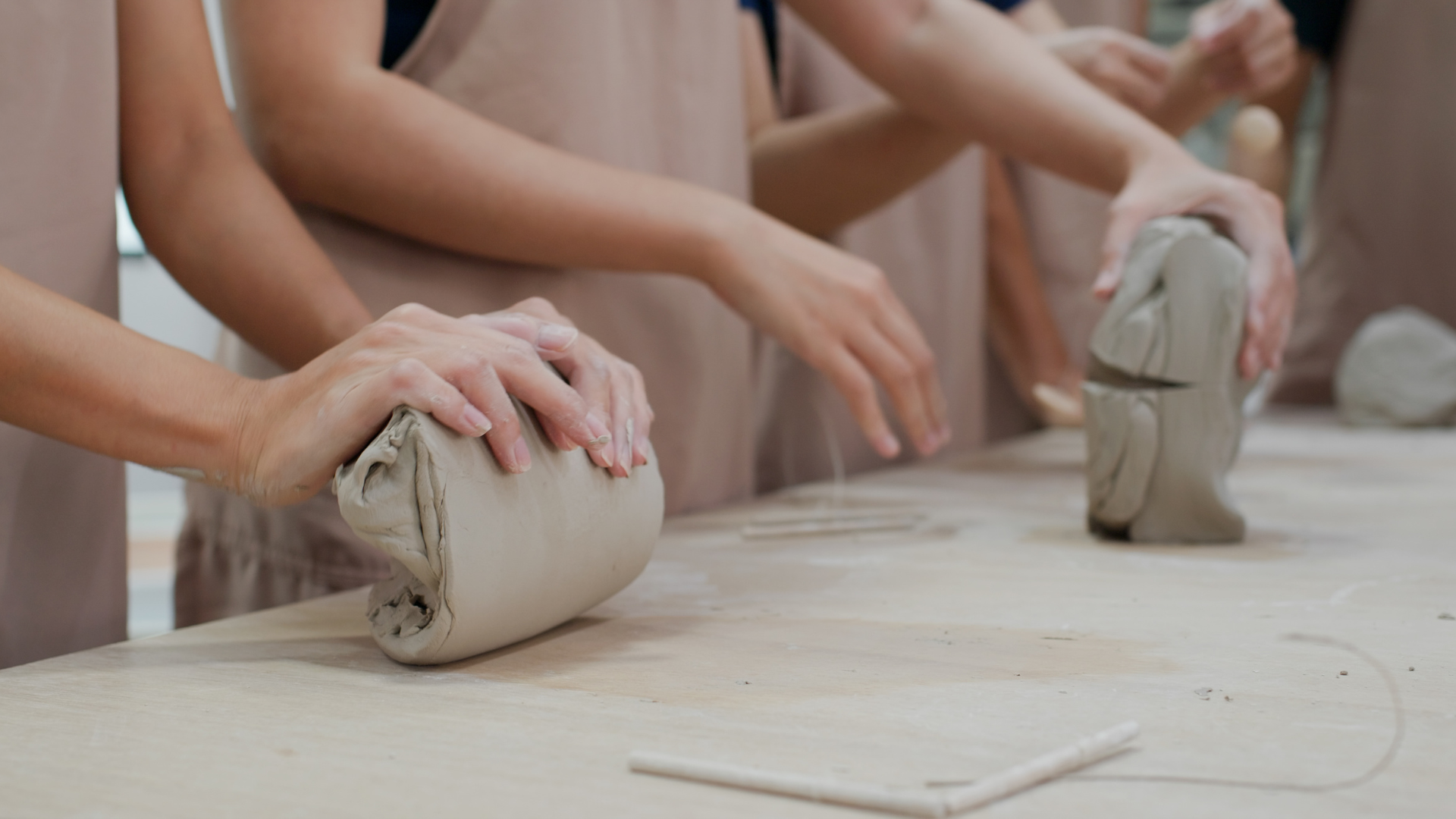
How to Make Clay Sculptures
Now that you know what type of clay is available to you and which one you would most likely want to use for your clay sculptures, it is time to go through the process of how to make them, and hopefully, you will be able to create something that you are proud to present as a beginner of this art.
Think About How You Want it to Look
Before you set off molding, you really need to plan out how you want it to look and what style you would like for the finished piece.
Draw a few sketches of what you have been thinking about from different angles so you can get an all-around look, as this will be 3D, and you will be able to work off your plan so you have an actual reference to work from to stop you from making mistakes and having to start again.
Test The Clay
A clay that is water-based will need to have its wetness tested to make sure it can be molded, and for polymer clay, you will need to take part of it off and roll it around in your hand to see if it is flexible enough to be shaped into the design you have sketched out.
Prepare Your Clay
Kneed and warm up the clay you are using so it is ready for you to use.
When you condition your clay this will help with preventing any breakage that could happen, so that your finished product looks well put together and you don’t have to patch it up.
Do Some Experiments
Before you dive right in, you will need to test it out first by creating something that you can experiment with to figure out how you want to do it and the best way to mold it.
Pick up your tools and see how they work with the clay and what they are good for.
Connect the pieces, add details, cut them up, etc., this will show you if you need to make any changes before moving on to the actual sculpture.
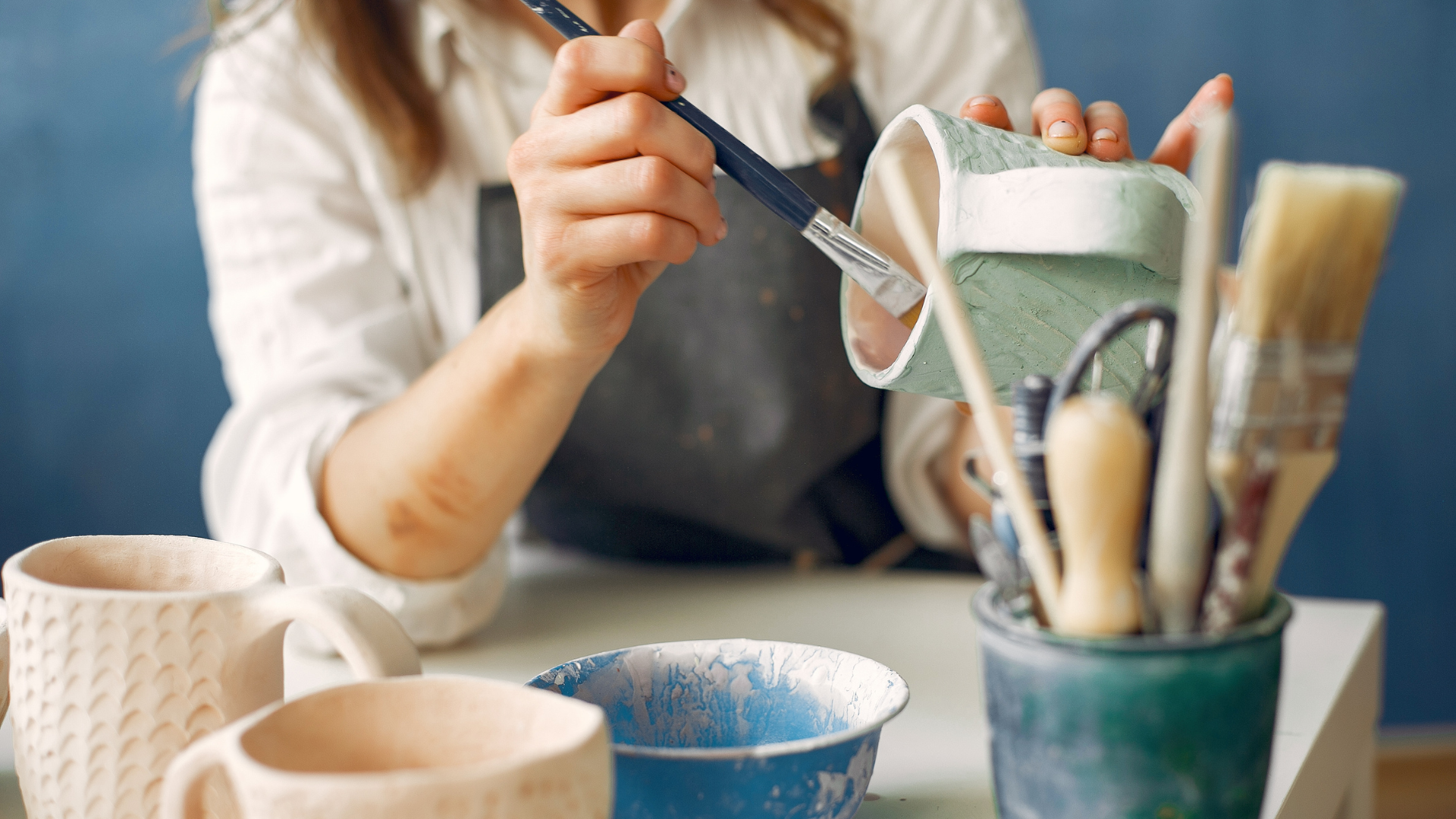
Start Simple
Don’t complicate things and go straight in with big pieces of clay to mold, start off small and work your way up.
Quite a lot of advanced sculptors will add bit by bit until they have a look they are happy with, small tweaks here and there will help you not make a mistake that you cannot reverse.
Use metal wire structures to support the weight if you are going big. You don’t want the clay to collapse in on itself, so think about what items can make it easier for you to create.
Don’t Create Something Complicated
For your first project, go easy and see how you fare.
There are many clay projects out there that are amazing and beautiful that do not require a lot of time and work.
You can make earrings, keychains, vases, ring dishes, and so on. Then when you paint them you can make them into your own vision with a splash of color, they don’t have to be plain just because you used clay.
Don’t Add Loads of Features
You may think that you need to make it elaborate to look good, but it is true when they say that less is more.
Pay attention to the scale of your project as well as the thickness. If you are making earrings you don’t want them to be so heavy they pull people’s ears down.
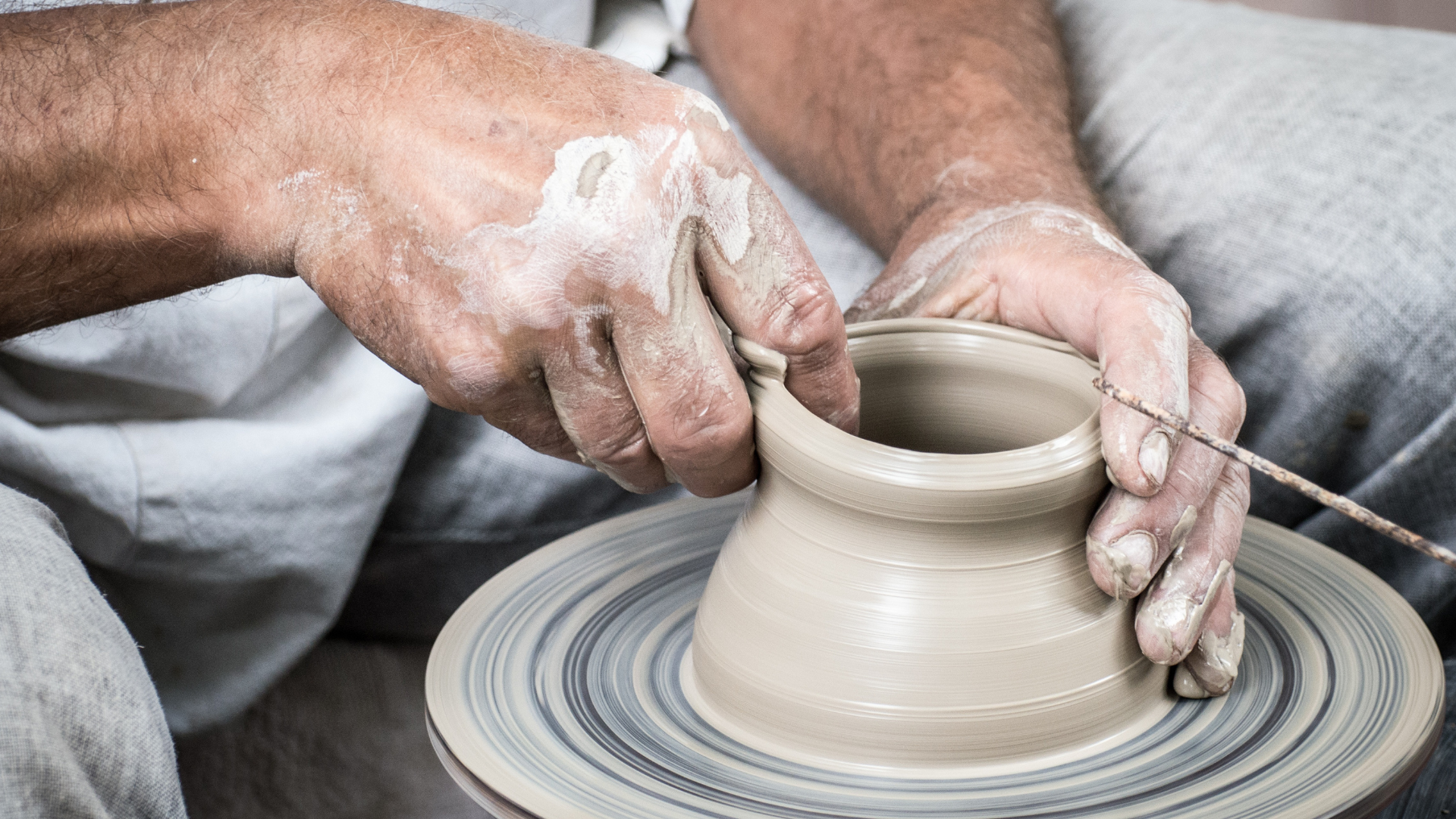
Curing
If you need to cure your sculpture then there will be certain times that each sculpture will need to cure for.
The thicker it is the more time it will need to set. Look at the average time for a basic sculpture and add on to that so you give it enough time to do its job.
Stick to The Instructions
Your creativity is great, but when it comes to making sure your clay sculptures are as you want them, you need to keep the manufacturer’s instructions so it looks as you want them to.
They will be able to help you with curing times and temperature, so read them thoroughly.
Enjoy What You Do
You are doing this because you want to, so have some fun with it, create different things, and experiment with your style.
Switch it up from time to time and when you feel a bit more confident you can move on to other types of clay that are a bit more advanced but will help you make something more challenging.
Conclusion
Now that you know how to make clay sculptures, you should feel confident about taking that first step.
Clay sculpting may not be something that is raved about a lot, but there is so much you can do with it, it doesn’t just make statues, it can turn into a side business or a fully-fledged business depending on how well you take to it, so have fun and try out new things.



